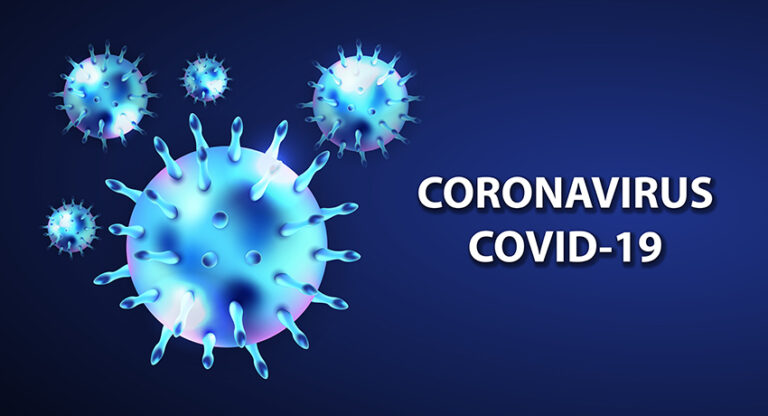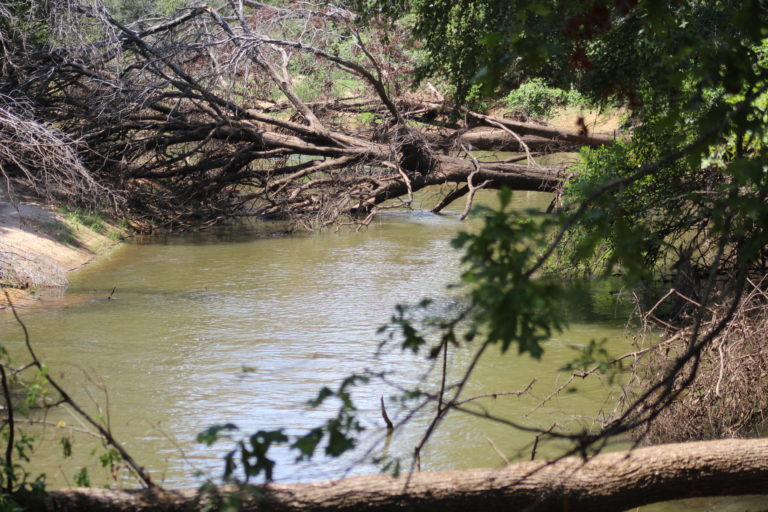O Christmas Tree…
NCTA Offers Tips on Selecting Real Trees
By Sarah Naron
With Christmas drawing nearer, families everywhere are “donning their gay apparel” and “decking the halls,” transforming their homes into holiday wonderlands. For those who have yet to acquire perhaps the most crucial decorative item of all – a Christmas tree – the National Christmas Tree Association (NCTA) is providing consumers with a number of suggestions to ensure that the experience of bringing a real tree into their home is a holly, jolly one.
Before dashing out to your nearest retail Christmas tree lot, it is recommended to obtain the measurements of the room in which the tree will be displayed from floor to ceiling. The width of the immediate area in which the tree will stand should be measured as well. As the organization explains, “Most trees on tree farms are trimmed to an 80 percent taper, meaning that a tree with a 10′ height will have a bottom width of 8′.
Prior to buying, it is also advisable to consider what sort of decoration will adorn the tree. Some species of Christmas tree “have more open foliage, stiffer branches, or longer needles,” making them most appropriate for different types of décor. Consumers are encouraged to research the characteristics possessed by different species to determine which may be best suited for their needs.
When choosing a retail lot from which to purchase a tree, the NTCA recommends finding a location which provides adequate lighting and a shaded storage area for its trees. Inquire with the retailer about when the trees are delivered to the lot and which species of tree lasts longest in your climate.
Test the quality of the trees by bending the outside branches. These areas should be pliable, but not brittle or easily snapped – signs that the tree has not been watered enough. When a branch is run through a closed hand, the needles should not be easy to pull from the tree.
Other indicators that a tree is too dry include red flags such as “discolored foliage, excessive needle loss, needle pliability, a musty odor, and wrinkled bark.”
Upon selecting your tree and bringing it home, the NTCA encourages placing it in water as soon as possible. The stand used should be of the “traditional reservoir” variety and have the capacity to hold adequate water for the tree. A good rule of thumb is to use a stand which provides one quarter inch of water per inch of the tree stem’s diameter.
A fresh cut should be made “perpendicular to the stem axis” at the base of the tree to remove approximately half an inch of wood before it is placed in the stand. It is important to note that drilling a hole in the trunk’s base is not beneficial to water uptake.
The stand should be checked on a daily basis to ensure that the water level does not fall below the base of the tree. Water of any temperature may be used to fill the stand.
Trees should be kept at a safe distance from heat sources such as fireplaces and heat vents. Decorative lights that produce low levels of heat will prevent the tree from drying out too quickly. Prior to being placed on the tree, all strands of lights should be carefully inspected for signs of wear.
Sarah Naron may be reached via email at [email protected].






